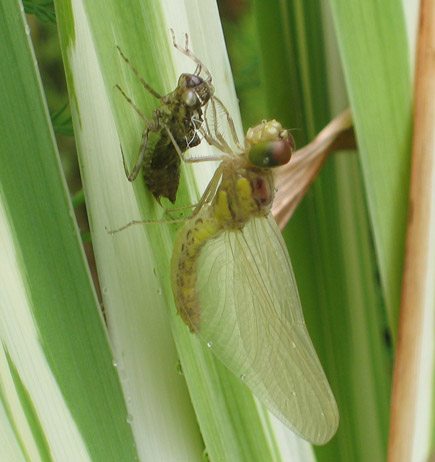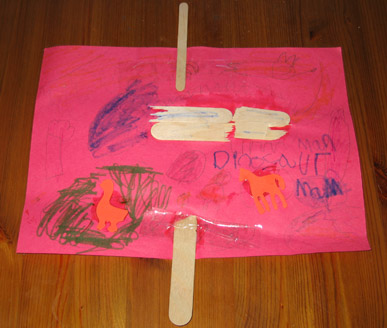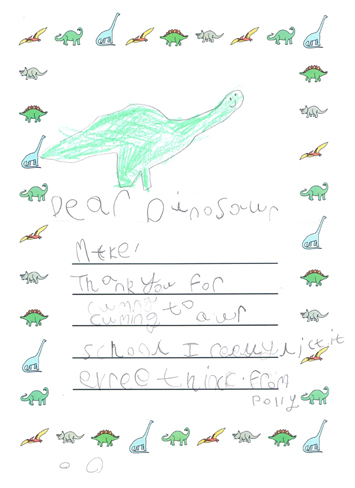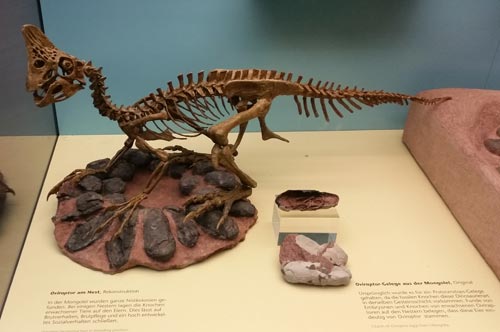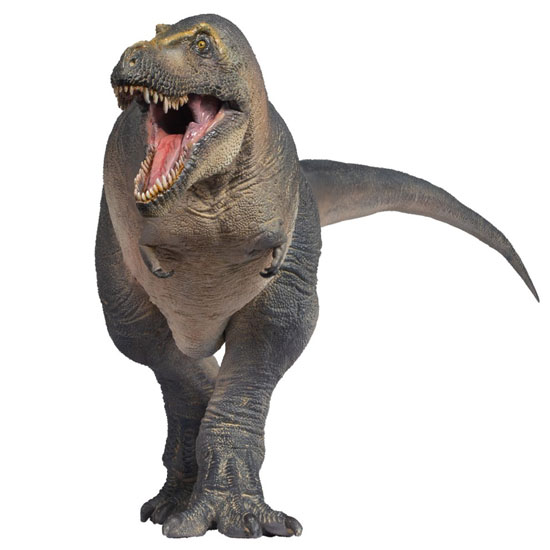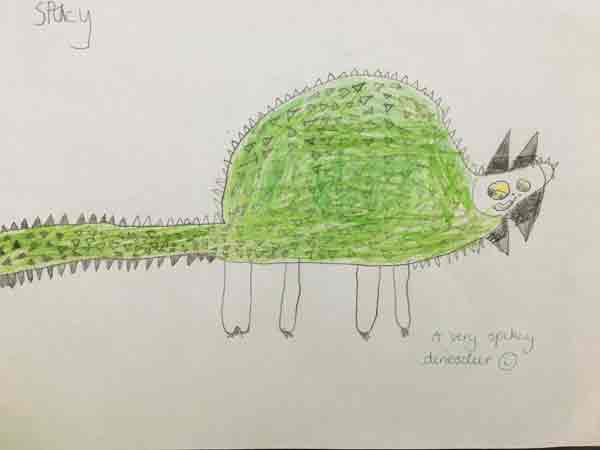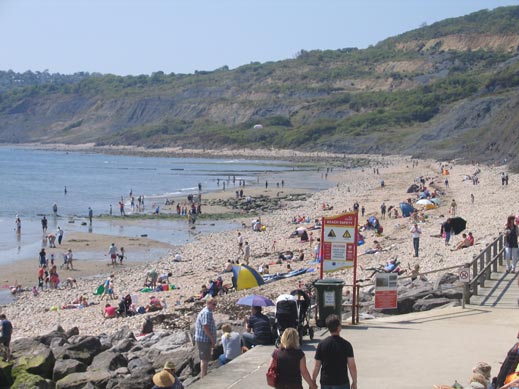Latest on the 2009 Fossil Festival at Lyme Regis
Update on the Lyme Regis Fossil Festival
The organisers of the Lyme Regis Fossil Festival are still in the process of securing enough funding and sponsorship to enable the 2009 event to go ahead. The first crucial deadline for the team behind this festival is next month when they will take a view with regards to the financial backing secured to date. A final decision as to whether the festival can go ahead next year will be taken at Christmas.
Fossil Festival
The Lyme Regis Fossil Festival has established itself as an internationally recognised event showcasing the wonders of the UNESCO world heritage site of the Jurassic Coast. Everything Dinosaur has been involved in this event since its inception four years ago and hopefully we will be able to attend next year.
Fossil Fun in Lyme Regis
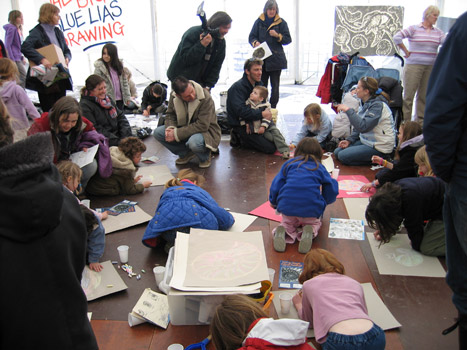
Picture credit: Everything Dinosaur
Against the dramatic back drop of Lyme Bay, a number of events are planned for the festival, scheduled to run from Friday 22nd May until Sunday 24th May in 2009. A number of different themes have been chosen for the event in previous years, from the Rising Seas event centred around the changes to the Dorset coastline and erosion to the concept of “Deep Time”. The 2009 event will focus on the 200th anniversary of the birth of Charles Darwin, the Shropshire born naturalist who influenced scientific thought through his theory on evolution.
Lyme Regis
It was study of fossils such as those unearthed at Lyme Regis that influenced many of the great scientific minds of the 19th century, including Charles Darwin. The Lyme Regis Fossil Festival is designed to show how much we can learn about the challenges of life today from what happened in the past. As well as covering the fascinating Earth Sciences, there is a strong focus on the arts, and these two disciplines are innovatively combined in order to engage with as wide an audience as possible with three days packed full of events and activities for everyone. Team members at Everything Dinosaur, have been involved with the event since its inception, but lack of funding meant that last year’s festival had to be cancelled.
Hopefully, 2009 will be a different story, with the events in and around Lyme Regis and Charmouth helping to commemorate the birth of one of the world’s greatest thinkers. Another exciting development is an announcement that, during the Festival, Lyme Regis will host the 2009 World Heritage Education Conference and Youth Summit being organised by the UK National Commission for UNESCO. The Dorset coastal town has been selected to host this event because of the Festival’s strong commitment to education.
Everything Dinosaur stocks a range of replicas of animals associated with the fossil deposits of the Dorset coast including ammonites and belemnites: Models of Ammonites and Belemnites.



